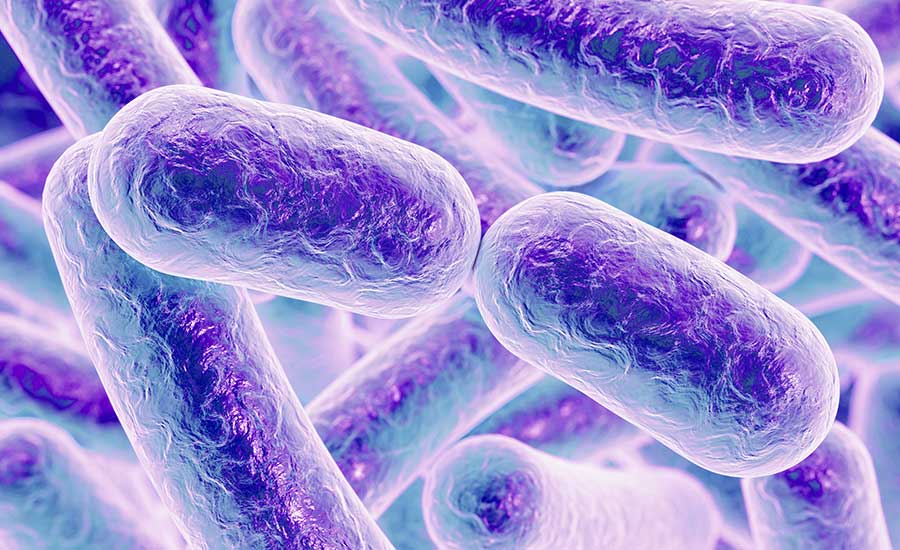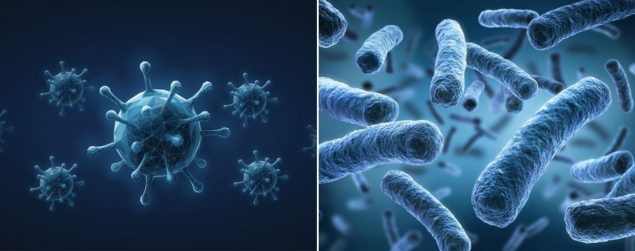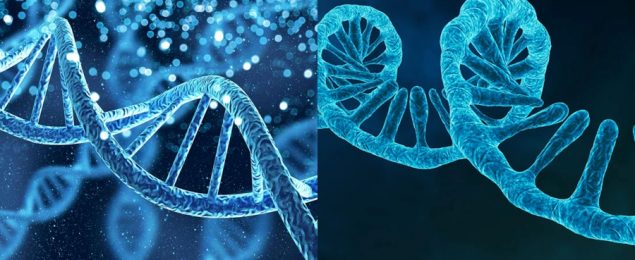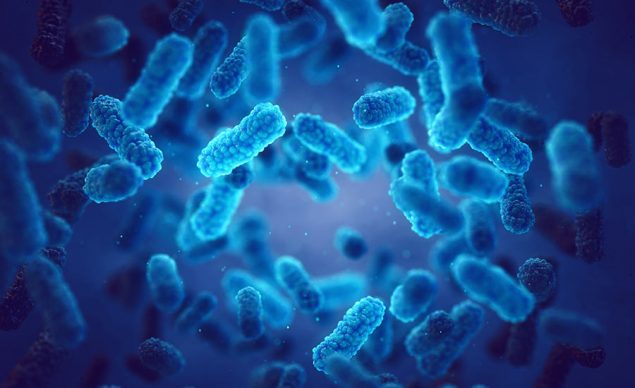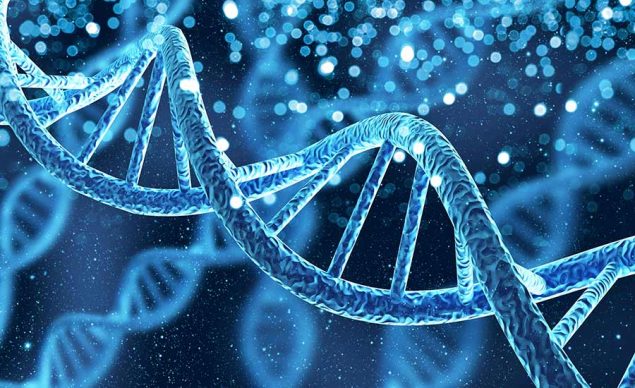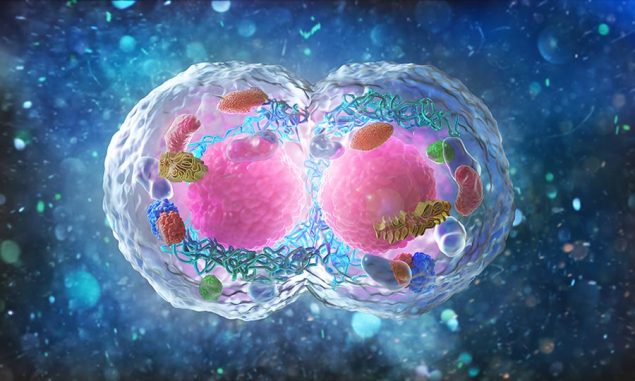Related Resources
Did you know that bacteria are the oldest living organisms on Earth?
Scientists discovered DNA of bacteria that’s over half a million years old!
These tiny microorganisms live in a variety of different environments — in oceans, on rocks, your skin, in your nose, and mouth — you get it, they’re everywhere!
Let’s dive into the exciting world of a bacterial cell and explore its structure, types of bacteria and all the ways these tiny organisms impact our lives!

What Are Bacteria?
Bacteria are single-celled organisms that can’t be seen with the naked eye.
They are considered living organisms because, unlike viruses, bacteria can survive on their own.
Dr. Alex Polyakov, Associate Professor and researcher at the University of Melbourne, describes bacteria like this:
“Bacteria are tiny creatures that are too small to see with the naked eye. They can be found everywhere around us, on our skin, in the soil, and even in the air we breathe.”
Dr. Polyakov further explains:
“Just like people, not all bacteria are the same, and some are more helpful than others. Some bacteria are good for us, like those that help us digest our food. But others can make us sick.”
















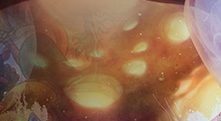




























We’ll breakdown the difference between good and bad bacteria soon!
For now, it’s important to understand that bacteria live in a variety of environments and that, no matter how big their impact on us and/or the environment may be (both good and bad), we can’t spot them without a microscope.
In the BIOWARS comic book, bacteria are personified as Raze and Tenzor. The two pose a big threat to the well-being of the BICOSMOS and are in constant war against the brave BIOWARRIORS!

What’s The Structure Of Bacterial Cell Like?
Bacteria have a simple structure.
They are what we call prokaryotic organisms.
This means that bacterial cells don’t have a nucleus or organelles. Organelles are tiny structures within the cell membrane that perform many important tasks, such as helping to make proteins, as ribosomes do!
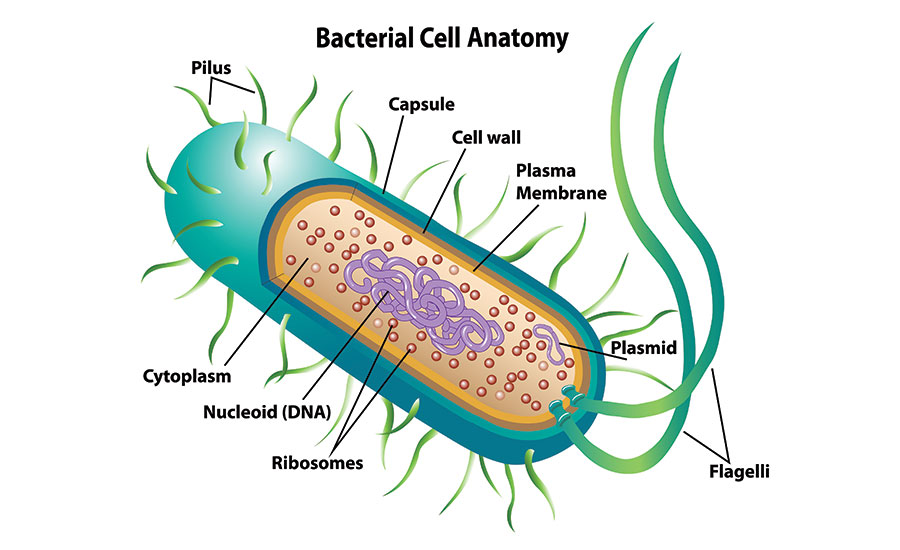
The main components of a bacterial cell are:
- Cell wall: The cell wall is a rigid outer layer that provides shape and protection to the cell. Its composition can vary depending on the type of bacteria. For example, the cell wall of bacteria that causes tuberculosis contains lipids that make the bacteria more resistant to antibiotics and the immune system. Scientists pay particular attention to studying the bacterial cell wall because that helps them understand the biology of bacteria, which then leads them to develop effective antibiotics for specific bacterial infections.
- Capsule: Some bacteria have a capsule. This layer surrounds the cell wall and helps bacteria remain unharmed by the immune response of a host and stick to surfaces.
- Cell membrane: The cell membrane is also called a plasma membrane. This is a thin layer inside the cell wall made of lipids and proteins. The main function of the cell membrane is to control the movement of substances (e.g., proteins and enzymes) in and out of the cell. The membrane is further involved in the process of energy production of bacterial cells and it can also prevent harmful substances from entering the cytoplasm.
- Cytoplasm: This is a gel-like substance that contains the cell’s ribosomes and other organelles. The bacterial cytoplasm is a dynamic environment where all the substances constantly move and interact with each other. It is the site of energy production through cellular respiration and photosynthesis. The cytoplasm of a bacterial cell is also crucial for the replication of bacterial cells because it represents the environment where bacterial metabolic processes take place, i.e. chemical reactions that ensure the growth, survival and replication of bacteria. We’ll discuss bacterial metabolic processes in depth in a sec!
- Nucleoid: The nucleoid is part of the cytoplasm where the cell’s genetic material, i.e. the DNA and plasmids are stored. Think of plasmids as tiny, circular pieces of DNA that can replicate independently of the chromosomal DNA.
- Pili: Some bacteria have pili on the surface of their cells. The pili are hair-like structures that help bacteria attach themselves to surfaces (attachment pili), transfer genetic material between cells (transfer pili) and evade the host’s immune response (invasion pili).
- Attachment pili facilitate bacterial colonization and infection spreading
- Transfer pili enable gene transfer between cells, which allows them to develop antibiotic resistance
- Invasion pili enable bacteria to enter the host’s tissues and evade the immune response
- Flagella: These are long, whip-like structures that are attached to the surface of some bacteria. Flagella enable bacteria to move and swim through liquids, allowing them to move toward nutrients and away from harmful substances.
- Fimbriae: Some bacteria have fimbriae on their surface. These are also hair-like structures, like pili, except that they’re much shorter. Like pili, fimbriae also help bacteria attach themselves to surfaces, exchange genetic material between cells and escape the host immune response.
What Metabolic Processes Occur In A Bacterial Cell?
Depending on the presence or absence of oxygen and other environmental factors, bacteria can perform several types of metabolic processes, including:
- Anaerobic and aerobic respiration
- Fermentation
- Photosynthesis
Aerobic respiration is a process during which bacteria use oxygen to produce energy. Bacteria that can perform aerobic respiration are called aerobes.
Anaerobic respiration is a process that doesn’t require oxygen, so bacteria can perform it in environments without oxygen. Bacteria that can perform anaerobic respiration are called anaerobes and they use nitrate, sulfur, or iron instead of oxygen in their metabolic pathways.
Fermentation is another metabolic process that allows bacteria to generate energy in the absence of oxygen. In fermentation, bacteria break down organic compounds, such as sugars, to produce energy.
Photosynthesis is the process by which bacteria use light energy to produce organic compounds from carbon dioxide and water. Bacteria that are capable of photosynthesis are called phototrophs.
All of these metabolic processes play a crucial role in the survival and replication of bacterial cells.
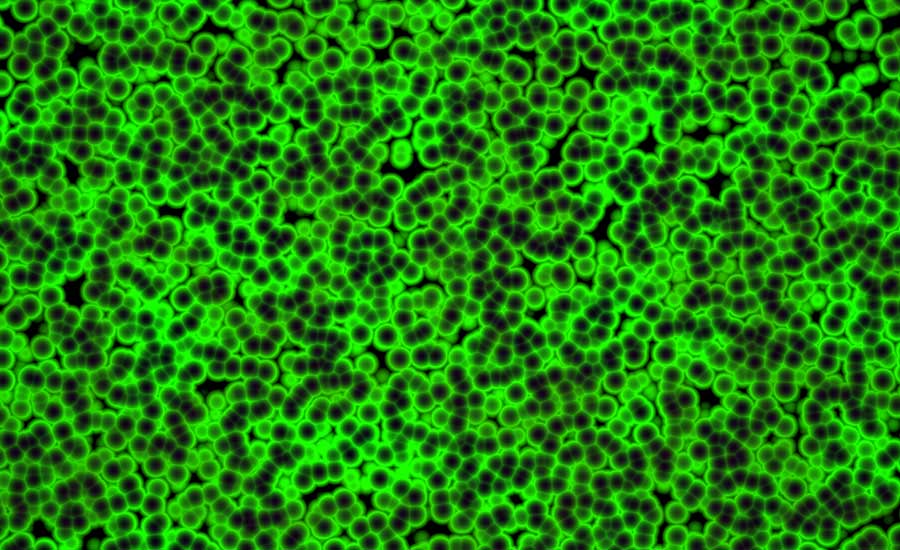
What Types Of Bacteria Exist?
The kingdom of bacteria is diverse and these microorganisms can be classified into several different types based on various characteristics, such as:
- Shape: Bacteria can be round (e.g., cocci, like Streptococcus), rod-shaped (e.g., bacilli, like E. coli), spiral-shaped (e.g., spirilla, like Helicobacter pylori), or comma-shaped (e.g., vibrios, like Vibrio mimicus).
- Staining characteristics: Bacterial staining refers to the technique used in microbiology to differentiate bacteria. Based on their staining properties, bacteria can be classified into gram-positive and gram-negative.
- Oxygen requirements: As mentioned earlier, some bacteria require oxygen for metabolic processes while others don’t. Based on their oxygen requirements, bacteria can be grouped into aerobes (which require oxygen), anaerobes (which do not require oxygen), and facultative anaerobes (which can grow anaerobically, but prefer to use oxygen when available).
- Metabolic characteristics: Bacteria can also be classified based on their metabolic characteristics, including phototrophs (which use light as a source of energy), chemotrophs (which use chemicals as a source of energy) and heterotrophs (which obtain energy from organic compounds, such as proteins and carbohydrates).
- Habitat: Bacteria can be grouped based on the habitats they occupy into aquatic bacteria, soil bacteria, and human-associated bacteria.
What Are The Key Benefits Of A Bacterial Cell?
Bacterial cells perform many functions that are important to the survival and success of these tiny microorganisms but that also affect us and the world as a whole.
As Jennifer England, a Medical Laboratory Scientist from Orbis Education explains:
“When we think of bacteria, we think of infections that make us sick, but not all bacteria are bad. Bacteria in our stomach helps us digest food. Bacteria that live on our skin fight bad bacteria when they try to get on us and make us sick. There are also bacteria that live outside that help keep water clean for the fish and the dirt healthy so plants can grow. Some bacteria help breakdown leaves, grass, and sticks so that they can be made into dirt”.
Some of the key functions of bacteria include:
- Decomposition: Bacteria help break down dead organic matter, including leaves and dead animals. Bacteria feed on these and then break them down into simple compounds, such as water and carbon dioxide. Plants and other organisms can then use the new nutrients for their own needs, which helps ensure healthy ecosystems.
- Soil creation: Bacteria are crucial for the process of decomposition, but by breaking down minerals and rocks, they’re also indispensable for soil formation.
- Nitrogen fixation: Nitrogen is an element that all plants and animals need to grow. However, most plants and animals can’t absorb nitrogen from the air. That’s where bacteria come into play. Nitrogen fixation is the process by which nitrogen from the air is converted into a form that plants and animals can use, such as ammonia or nitrates. The so-called nitrogen-fixing bacteria turns air into food for plants, and without it, plants wouldn’t grow, nor would animals be able to survive.
- Food production & fermentation: Bacteria are used in a variety of fermented foods, such as yogurt, bread, cheese, and pickled food, where they help preserve the food and give it a distinct flavor.
- Antibiotic production: Bacteria are used to create many antibiotics, which are used to treat bacterial infections.
- Vitamin synthesis: Some bacteria can produce essential vitamins that are required for human health. For example, certain species of bacteria in the gut produce vitamins B1, B2, B3, B5, B6, B12, and K, which are essential for maintaining good health.
- Gut health maintenance: Many types of bacteria live in your gut. They’re important for maintaining the healthy gut microbiome, boosting your immune system, regulating your digestive system and keeping harmful bacteria in check.
- Bioremediation: Bacteria can be used to clean up contaminated sites by breaking down toxic substances into less harmful ones.

Can Bacteria Be Harmful To Humans?
In the kingdom of bacteria, there are a lot of good guys, but also many troublemakers that can hurt you.
Bacteria can cause diseases in humans though:
- Infections in the body: Some bacteria can infect humans and cause diseases such as strep throat, urinary tract infections and even pneumonia.
- Toxin production: There are types of bacteria that produce toxins harmful to humans. For instance, Clostridium botulinum makes botulinum toxin that causes botulism.
- Food poisoning: Bacteria such as Salmonella and Escherichia coli can contaminate food and cause food poisoning.
- Intestinal infections: Certain types of bacteria (e.g., Shigella) can cause digestive problems in humans.
- Skin infections: Bacteria such as Staphylococcus aureus can cause skin infections, including abscesses and cellulitis.
To minimize the risk of getting sick from bacteria, it’s important to practice good hygiene and follow food safety guidelines!
A Recap On The Kingdom Of Bacteria
Bacteria are organisms that contain just one bacterial cell. They are so tiny you can’t see them with your eyes.
Despite their small size, the impact bacteria have on us and our planet is enormous.
While some bacteria can cause illness, most bacteria are harmless and even help us in many ways.
In fact, bacteria help us stay healthy by making food digestion possible. They also produce vitamins that our bodies need to grow and be strong.
Furthermore, bacteria keep the environment clean and the ecosystem healthy by breaking down complex matter into food and water that plants and other organisms can use.
As you can see, bacteria play many important roles in our world and without them, our planet and the life on it wouldn’t be the same!

